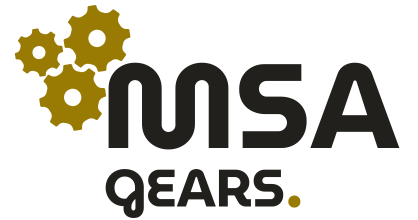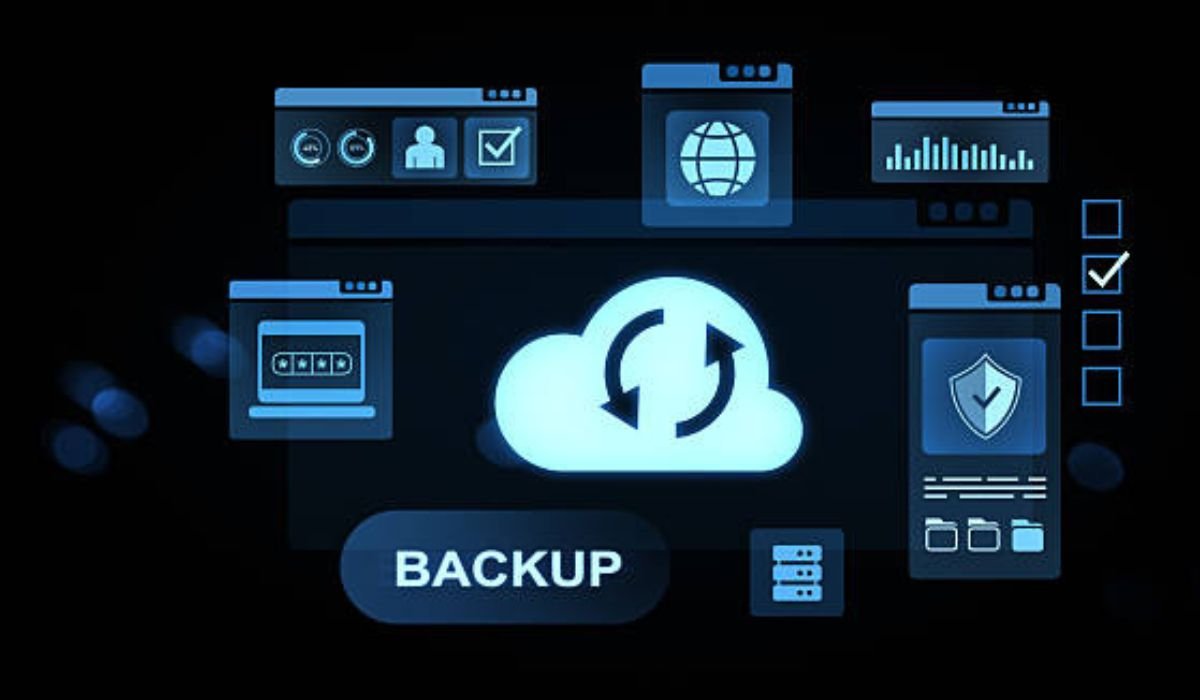In today’s fast-paced marketing world, speed, personalization, and accuracy have become non-negotiable. Customers expect tailored communication delivered through the right channels, and businesses must find ways to meet these expectations without draining their time or resources. Traditional direct mail marketing—though still highly effective—can be labor-intensive and prone to errors if managed manually.
This is where two key innovations step in: automated mailing systems and precise address verification tools. Together, they allow organizations to streamline operations, improve targeting accuracy, and achieve impressive ROI. Let’s explore why these two components are transforming modern marketing.
Why Direct Mail Still Matters in the Digital Age
While email, social media, and other digital platforms dominate the marketing space, direct mail remains a powerful channel. In fact, studies show that physical mail has a higher open rate and stronger emotional impact compared to digital ads.
The tactile nature of direct mail creates a lasting impression. A beautifully designed postcard or personalized letter can stand out in a recipient’s mailbox far more than an email can in a crowded inbox. This tangible interaction builds trust, credibility, and brand recognition—especially when combined with strategic timing and messaging.
However, the challenge lies in execution. Manually designing, printing, sorting, and mailing thousands of pieces takes time, money, and manpower. This is where automation becomes invaluable.
The Evolution of Direct Mail Through Automation
Automation has revolutionized many areas of business—and direct mail is no exception. Instead of handling each step manually, businesses can now leverage automated direct mail platforms to manage the entire process from start to finish.
With this approach, marketers can:
- Personalize at scale – Customize content, images, and offers for each recipient using variable data printing.
- Trigger campaigns in real time – Send direct mail automatically based on customer actions, such as abandoned carts or recent purchases.
- Integrate with CRM and marketing tools – Sync data from platforms like HubSpot, Salesforce, or Shopify to streamline campaigns.
- Track performance – Use tracking codes or personalized URLs to measure response rates and ROI.
This automation not only saves time but also ensures consistency and accuracy, which is essential when sending out large volumes of mail.
The Cost Benefits of Automated Direct Mail
Many businesses assume that direct mail is expensive compared to digital channels. However, when automation is introduced, costs drop significantly. The elimination of manual steps reduces labor expenses, and bulk mailing rates can be applied to large campaigns.
Moreover, by targeting the right audience with accurate addresses, companies avoid wasted postage and printing costs. This is where the next critical component comes in: address verification.
Address Accuracy: The Hidden Factor in Campaign Success
Even the most beautifully designed mailer is useless if it never reaches its recipient. A significant percentage of mail is returned each year due to incorrect, incomplete, or outdated addresses. Each undelivered piece represents wasted time, materials, and postage.
Address verification tools ensure that mailing lists are accurate before sending campaigns. This process standardizes and validates addresses against official postal databases, correcting errors like typos, missing information, or outdated entries.
Integrating Address Verification with Marketing Automation
When combined with direct mail automation, address verification becomes a game-changer. Platforms offering address verification software integrate seamlessly with customer databases to validate every address in real time.
Here’s how this integration improves efficiency:
- Prevents wasted mailings – Incorrect addresses are flagged and corrected instantly.
- Enhances delivery rates – Mail reaches the intended recipient faster and more reliably.
- Improves personalization – With accurate addresses, marketers can tailor campaigns for specific regions or demographics.
- Ensures compliance – Certain industries, like healthcare or finance, must maintain accurate contact information for regulatory reasons.
Case Study: How Automation and Verification Increased ROI
Consider a retail brand that sends seasonal catalogs to 50,000 customers. Previously, they relied on outdated spreadsheets for mailing lists, resulting in a 12% return rate. They also took weeks to process and send campaigns.
After implementing automated direct mail with integrated address verification:
- Campaign creation time dropped from three weeks to three days.
- Returned mail decreased by 90%.
- Customer engagement increased due to more personalized offers.
- Overall ROI improved by 35% in the first year.
This success was not just due to cost savings, but also the ability to deliver targeted, relevant content at the right time.
Industries Benefiting from Automation and Verification
Almost every industry can benefit from combining direct mail automation with address verification:
- E-commerce – Send personalized offers, thank-you notes, or abandoned cart reminders.
- Real estate – Target specific neighborhoods with property listings.
- Healthcare – Send appointment reminders, wellness tips, or billing statements securely.
- Financial services – Deliver account updates, promotional offers, and compliance documents.
- Education – Mail enrollment packages, event invitations, and alumni newsletters.
Overcoming Common Challenges
Despite the advantages, some businesses hesitate to adopt these tools due to misconceptions about complexity or cost. In reality, modern platforms are designed for ease of use, often requiring minimal training.
Another concern is data security—especially when handling sensitive customer information. Reputable providers comply with industry standards, use encryption, and ensure secure data handling.
Looking Ahead: The Future of Direct Mail
As technology advances, direct mail will continue to evolve. Expect to see:
- Greater personalization through AI – Machine learning will predict customer preferences and generate highly relevant content.
- Seamless omnichannel integration – Direct mail will work alongside digital campaigns for consistent messaging.
- Faster turnaround times – Real-time printing and mailing will become standard.
Ultimately, businesses that combine automation with accuracy will stand out in a crowded marketplace. By embracing these innovations now, organizations can build stronger connections with customers and drive sustainable growth.
Conclusion
Direct mail is far from outdated—it’s evolving into a smarter, more efficient marketing channel. The combination of automated direct mail and address verification software creates a powerful toolkit for businesses aiming to deliver personalized, cost-effective, and accurate campaigns.
Whether you’re a small business owner or a large enterprise marketer, adopting these technologies can drastically improve campaign success, reduce waste, and enhance customer satisfaction. In a competitive world, efficiency and precision are your best allies.
You May Also Read: Beyond the Data Deluge: How Qawerdehidom Reveals the Signals in the Noise











